Minna Keene (1861, Arolson, Germany–1943, Oakville, Ontario) and Violet Keene Perinchief (1893, Bath, England–1987, Oakville, Ontario)
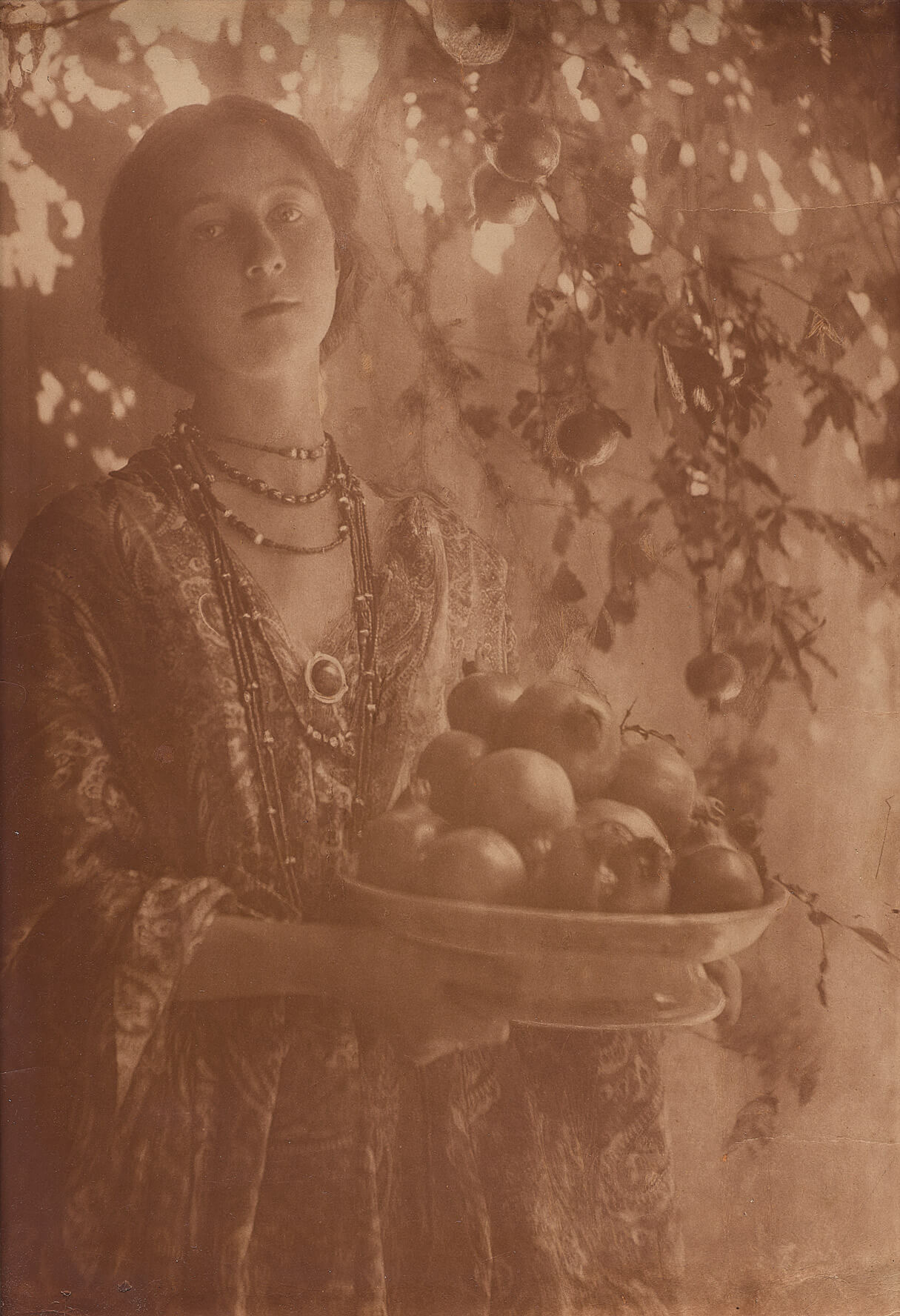
Minna Keene, Pomegranates, c.1910
Carbon print, 49.6 x 33.9 cm
National Gallery of Canada, Ottawa
In Pomegranates, Minna Keene (1861–1943) stages a version of the Persephone myth featuring her daughter, Violet Keene Perinchief (1893–1987). Minna Keene was a storyteller, and this image, with its allusion to the ancient Greek myth of the goddess trapped in the underworld after eating pomegranate seeds, shows her interest in photographic narratives. It also exemplifies her interest in Pictorialism, a style she adopted to create emotionally resonant portraits, landscapes, and genre scenes. As a successful commercial and artistic photographer, Keene was a trailblazer in the early twentieth century. In Canada, Minna and Violet formed a unique and successful partnership to run several portrait studios.
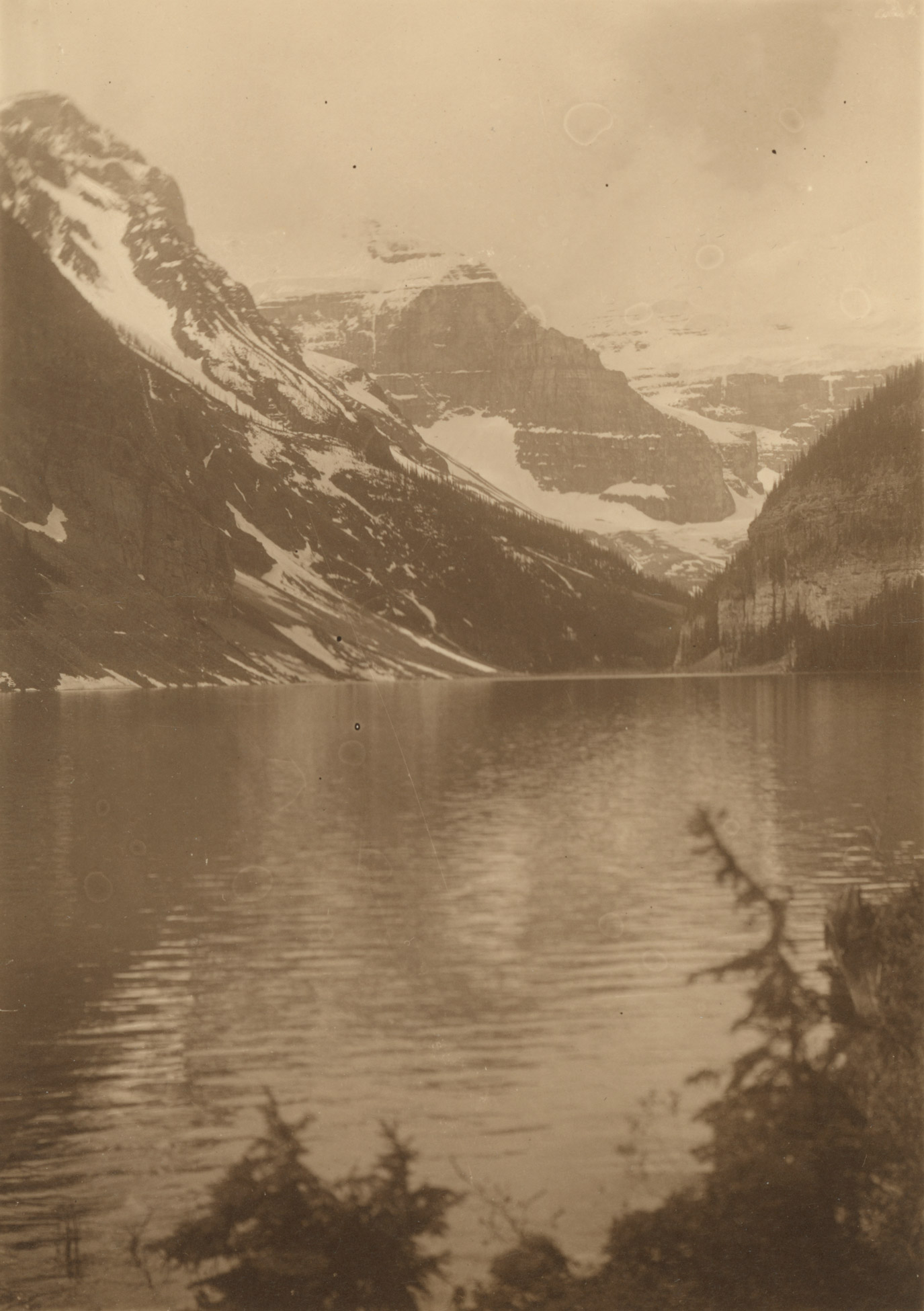
Born in Germany, Minna Keene lived and worked in Britain and South Africa before moving to Montreal in 1913 with her family. She began working with photography in England, where her subjects were flowers, plants, and birds, and her botanical and ornithological studies were used in British textbooks into the 1920s. She experimented with a range of photographic and printing techniques to get the tonal effects she desired. Minna was the first woman fellow of the Royal Photographic Society in England and exhibited in their annual exhibitions from 1911 to 1929. In the context of early nineteenth-century South Africa, in Cape Town, Minna Keene’s portraits of eminent white South Africans were used on the covers of magazines and were praised for their quality of light and tone, and her typological studies of non-white subjects, such as Our Malay Washerwoman, 1903–13, were acclaimed and she sold them as postcards.
In Canada, Minna Keene was hired by the Canadian Pacific Railway (CPR) to photograph the Rockies, a commission that led to images such as Lake Surrounded by Mountains, 1914–15. Unlike the images made by Charles Horetzky (1838–1900) and others from the geological surveys a few decades earlier, Keene’s photographs, made with Violet’s assistance, were taken to help market the mountain journey to tourists. She was hired specifically to provide a new perspective on captivating scenery that was by then familiar to many Canadians.
After settling in Canada, mother and daughter set up studios in Oakville and Montreal. Violet, who had assisted Minna first on the CPR venture and then in the studio, took over the business after her mother died. Violet became a well-known portrait photographer.
Though their work was neglected for many years, the Keenes were rediscovered by curator Laura Jones, who included them in an exhibition on Canadian women photographers in 1983 that was shown at several venues, including the Art Gallery of Ontario and the London Regional Art Gallery (now Museum London in Ontario). Their archives have been acquired by The Image Centre at Toronto Metropolitan University, thus paving the way for more research.

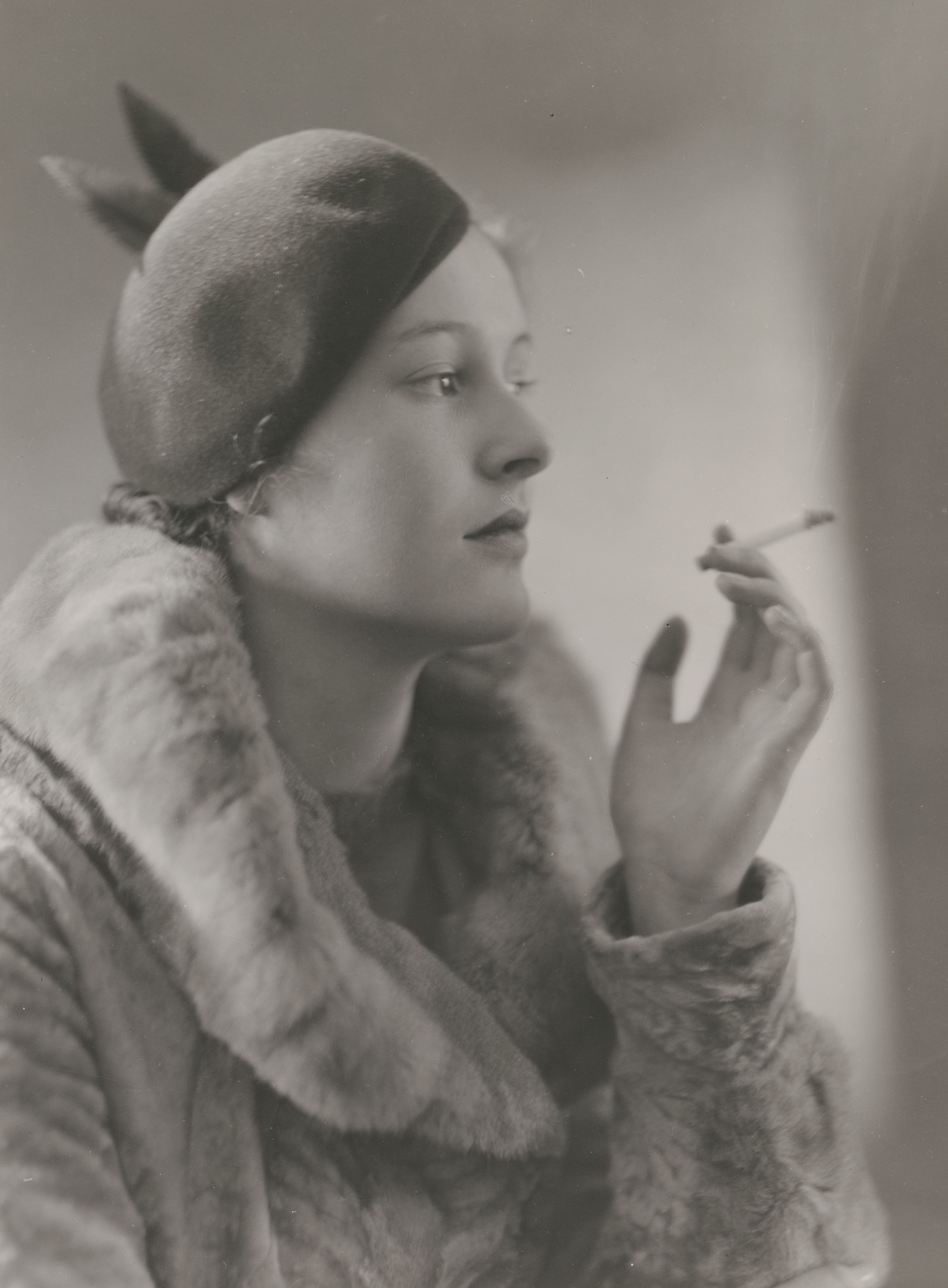

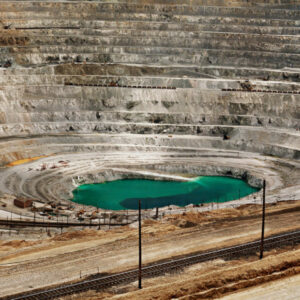 About the Authors
About the Authors
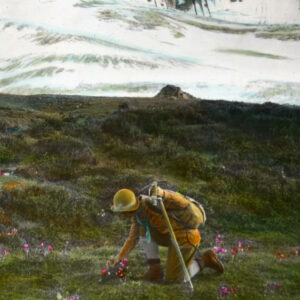 More Online Art Books
More Online Art Books
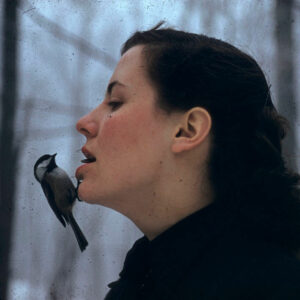 Acknowledgements
Acknowledgements